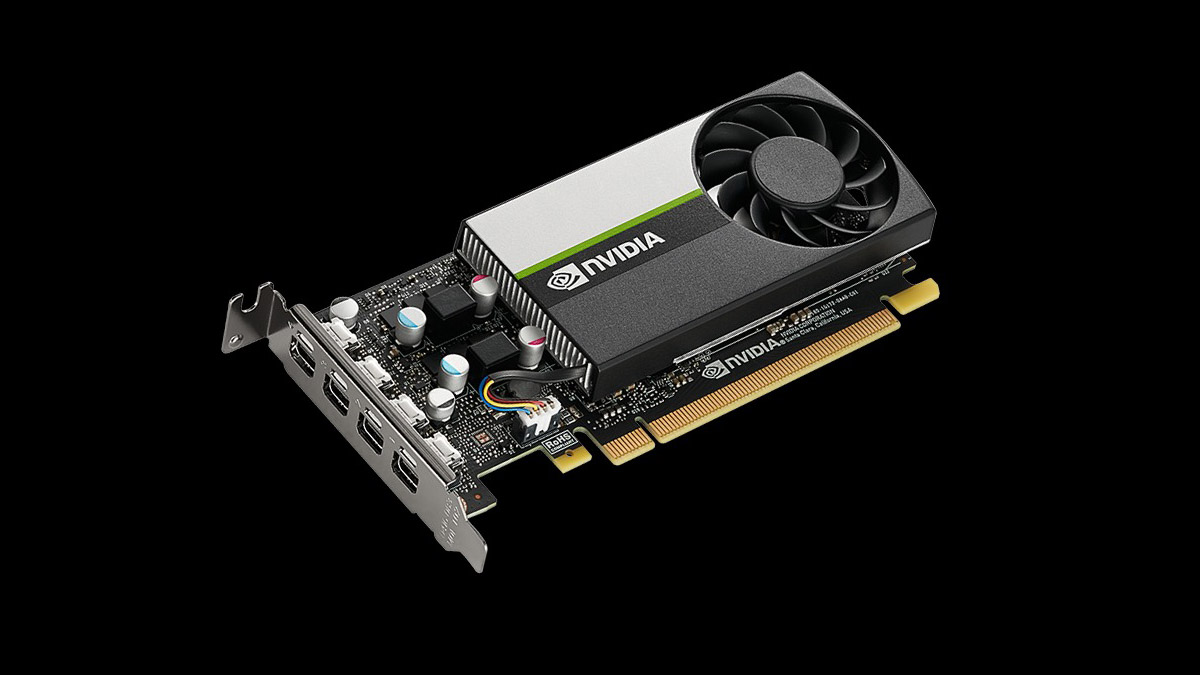
Right now, AMD has an overwhelming lead in this segment, thanks to very aggressive pricing. This segment covers the largest chunk of where the public practically spends its money. Unless you have specific reason to think otherwise, we’d take slightly higher perf over larger RAM that mostly won’t benefit the user. The 4GB card option on the RX 560 isn’t a great choice - while games definitely use more RAM these days, the RX 560 probably isn’t powerful to push above a 2GB frame buffer in most titles while maintaining playable frame rates. This 30-game average from TechSpot shows how the two compare - while the overall average is similar, the RX 560 loses more games than it wins and loses them by larger margins. Between the 4GB RX 560 and the 2GB 1050, performance data favors the 1050. The RX 560 saves you $20 if you go for the 2GB frame buffer, but its overall performance is low enough that we’d treat this option as a “only if you have to” pick. Best Budget Card ($125 and below)Ĭompetitors: GTX 1050 ($125), RX 560 ($105 – 2GB, $119 – 4GB)Īt the low end of the market, the GTX 1050 is generally faster than the RX 560, despite the fact that it’s limited to a 2GB frame buffer. Keep in mind, many of these sales may be impacted by the Q4 holiday season and Black Friday’s imminent arrival.

The pricing on many of these GPUs has changed fairly dramatically since we published the first edition. We’ve revised this guide since we issued it in Summer 2018, with new pricing data and updated recommendations at each price point. Availability and price will vary depending on your locality. All GPU prices listed reflect the lowest price for a new card at Newegg on.


 0 kommentar(er)
0 kommentar(er)
